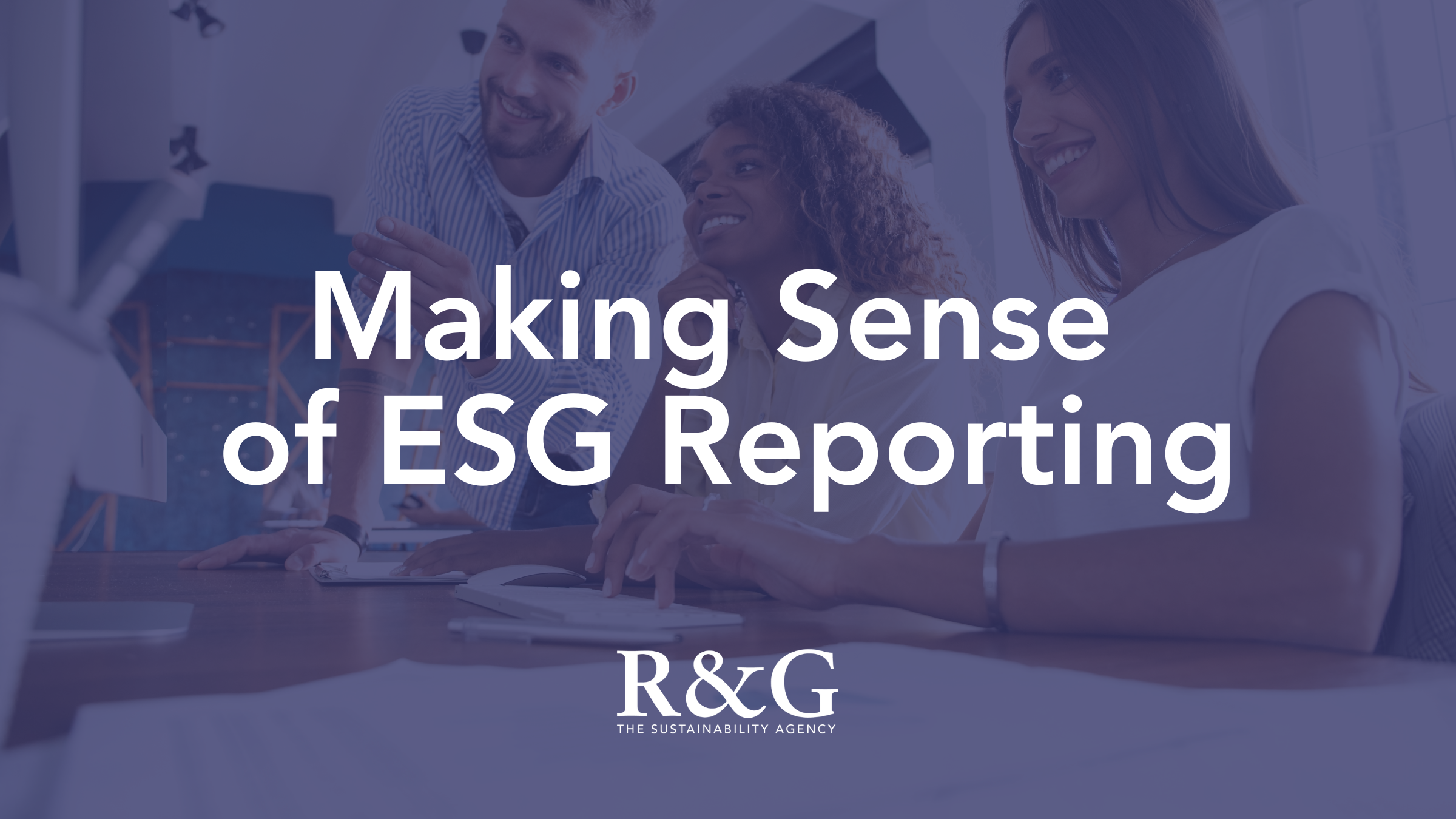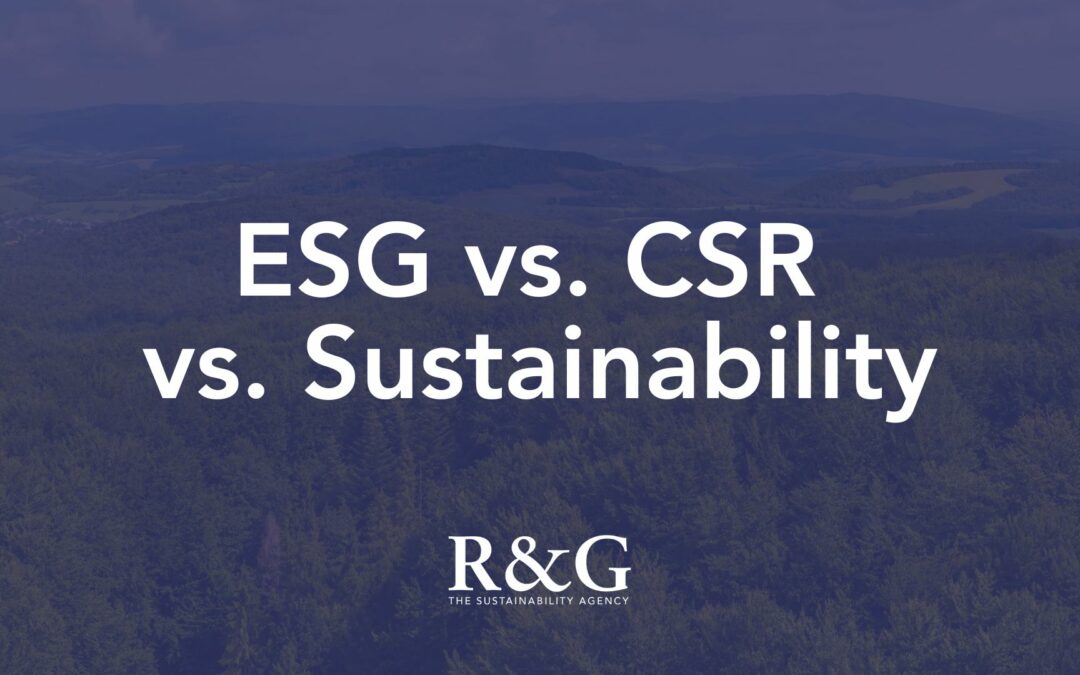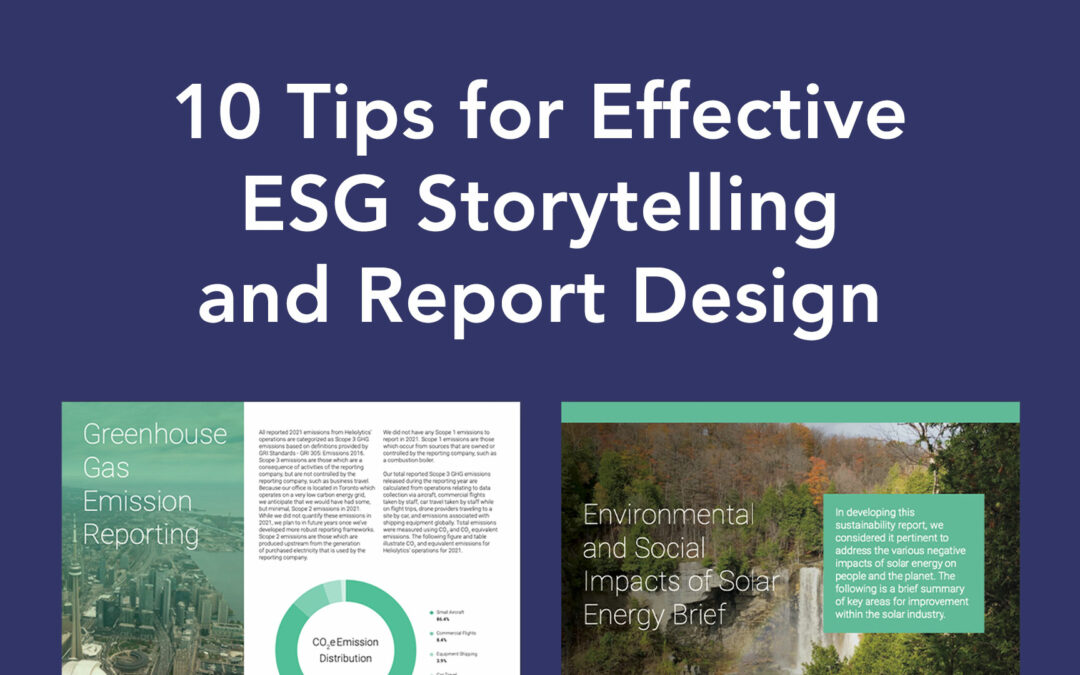Making sense of ESG reporting–what it is, who needs it, and if it’s for you
As the expectation for businesses to make solid efforts in Sustainability grows, the demand for them to report on their impact has also increased. For smaller, privately owned businesses, this might just mean sharing information on their website or with their customers. But for large and publicly traded businesses, this usually means comprehensive annual ESG reporting using a variety of established international frameworks.
What exactly is ESG reporting?
ESG reporting refers to the practice of companies and organizations disclosing information about their environmental, social, and governance (ESG) performance to their stakeholders, including investors, customers, employees, and the general public (for the sake of brevity, you’ll see us using the terms ESG and Sustainability, but for more information on the differences between them, visit our post on ESG vs CSR vs Sustainability).
In fact, most businesses who report usually do it because they have to communicate specific information to one or more of their stakeholders.
But regardless of what information is communicated, being transparent about impact is becoming more and more essential to a business’s success.
Taking ESG performance into consideration when making investment decisions is now becoming a common practice. There are now entire indices dedicated to scoring companies on their ESG performance as a way to help socially conscious and risk-minded investors decide who’s worth their salt.
It’s also important to keep in mind there’s a difference between simply reporting on Sustainability and actually performing well on Sustainability.
Reporting standards only set the benchmark for what you should talk about. They don’t evaluate your ESG performance – they merely give readers universal metrics for easily comparing companies.
This means businesses with poor performance in Sustainability or ESG can still report using any of these frameworks. It’s up to us to discern which of them are performing well in Sustainability based on the content of the reports, not the reports themselves.
How businesses choose to report is another issue.
So, what are the different ESG reporting frameworks?
First, it’s worth mentioning that there is a slight difference between reporting standards and reporting frameworks, but they are often used interchangeably in the sector, so you’ll see us doing the same here.
So what are they? There are many different Sustainability standards and frameworks out there, but these six are most commonly used and recognized in North America today––TCFD, GRI, CDP, SASB, ISSB, and the SDGs.
Look like an overwhelming bunch of letters to you? We get it.
Let’s dive into these six frameworks to give you a sense of what they’re for, their structure, and when to use them.
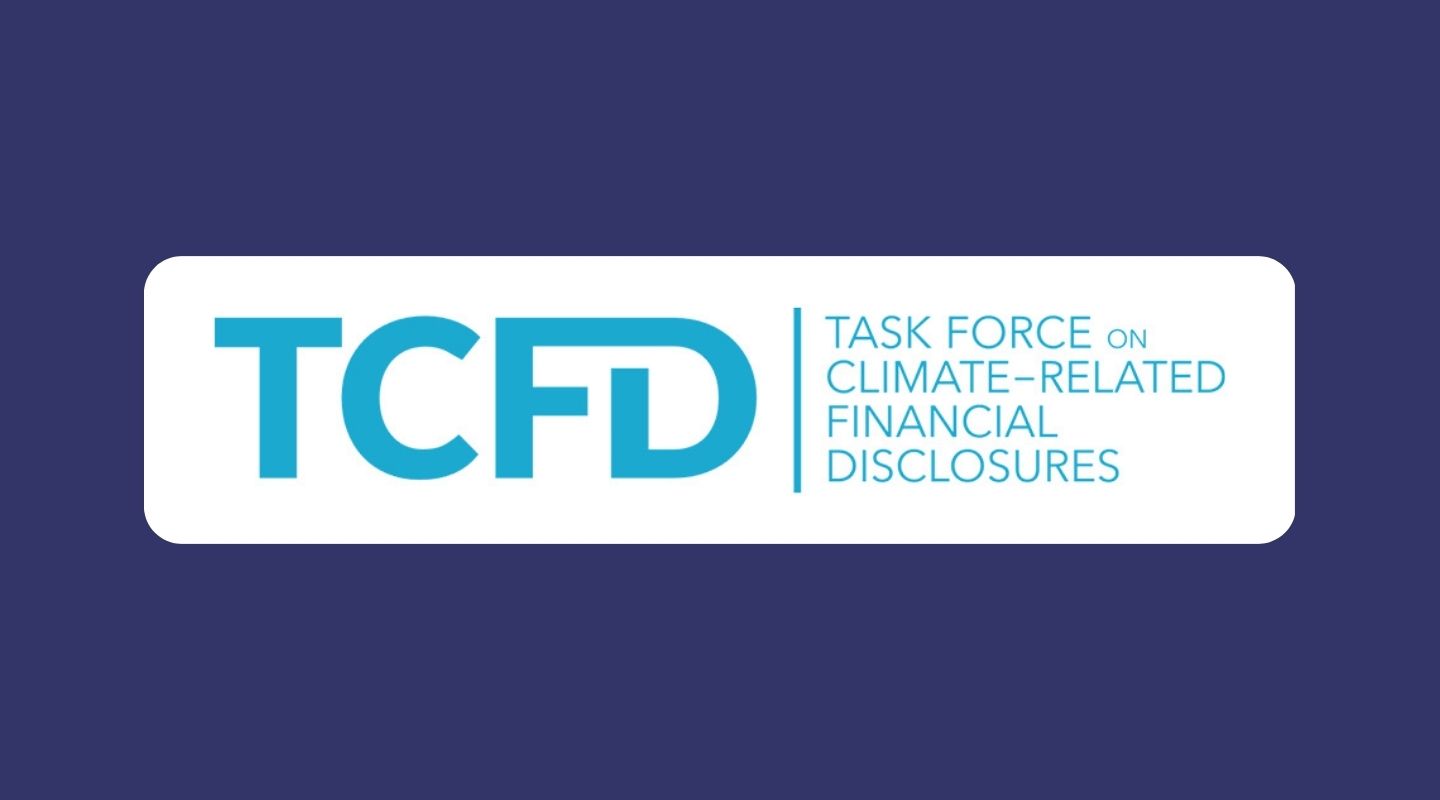
The Task Force on Climate-Related Financial Disclosures (TCFD)
The Taskforce on Climate-Related Financial Disclosures (TCDF), popularly known for being chaired by Michael Bloomberg, was established by the Financial Stability Board. Its goal is to create a framework to help companies consistently report on how they manage and mitigate the significant financial risks associated with climate change.
TCFD provides a set of 11 recommendations for companies to follow and report on, ranging from governance, strategy, and risk management to GHG metrics and targets.
The Government of Canada has announced plans to make corporate reporting on climate change mandatory, and these reporting requirements are expected to align with the TCFD’s recommendations, so this one will become more important for Canadian businesses to consider in the coming years.
However, it’s also important to keep in mind that this framework is specific to climate change and business risks. Businesses looking for frameworks that also consider the “Social” element in ESG or their broader impact on people and the planet may want to look at other options.
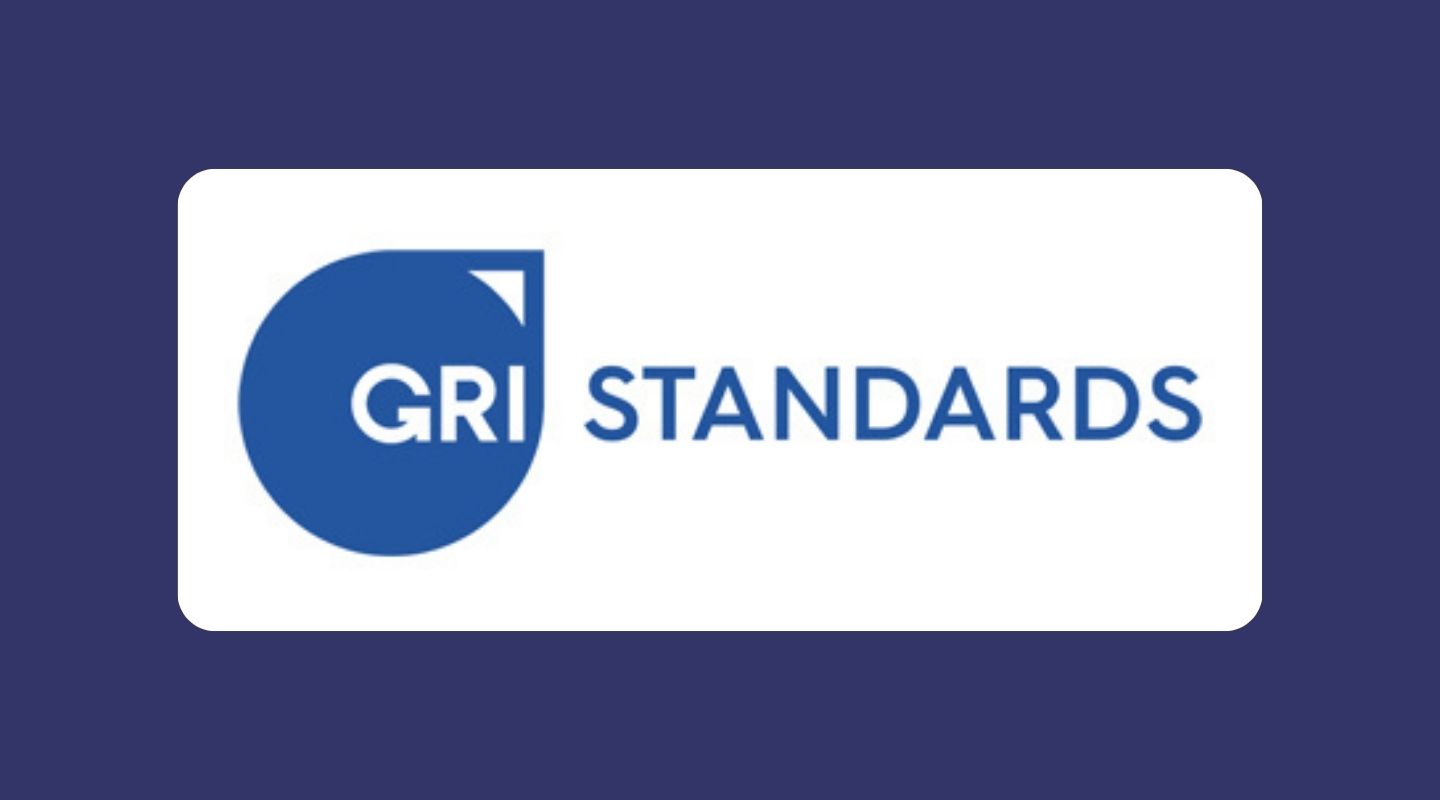
The Global Reporting Initiative (GRI)
The Global Reporting Initiative (GRI) is the most commonly used set of ESG reporting standards.
It has the widest reach in terms of the types of industries and businesses that align with the standards. Additionally, their frameworks are incredibly comprehensive, covering all aspects of ESG. To put it simply, they require businesses to report on every ESG aspect, which includes Environmental, Social, and Governance topics.
GRI is a great framework to use if you’re just starting out or if you have multiple stakeholder groups who are interested in what you’re doing but don’t necessarily have specific reporting requirements.
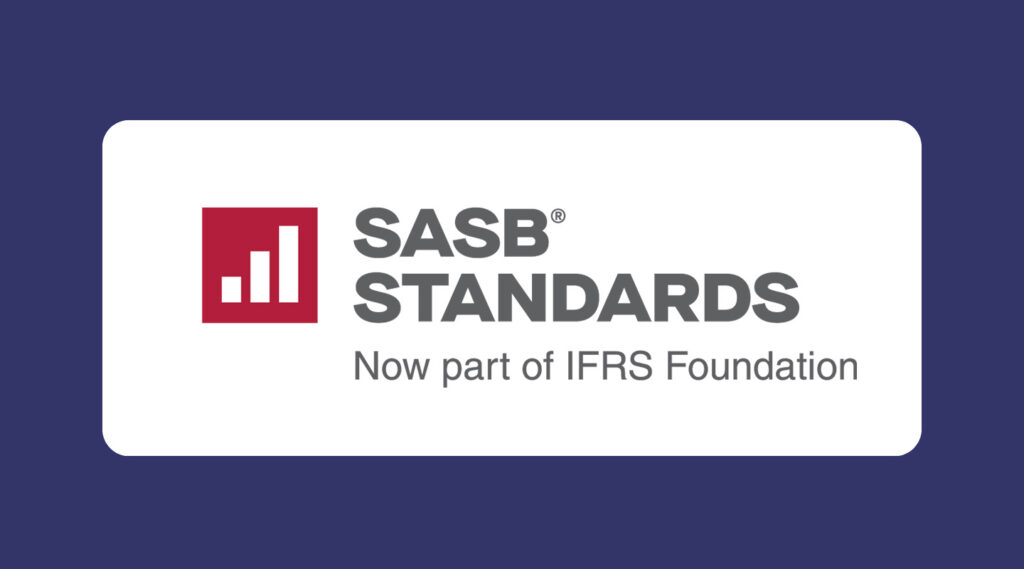
The Sustainability Accounting Standards Board (SASB)
The Sustainability Accounting Standards Board (SASB) created their standards to cover ESG issues that are financially material to a business.
Covering 77 different industries, these standards are specifically designed to inform investors about how a business’s Sustainability performance might affect its financial performance and longevity. They also allow investors to compare that performance across reporting businesses within their industry.
SASB and GRI have announced their plans to better align their two frameworks to make things easier for businesses that report using both sets of standards.
They say the two standards complement each other by communicating different aspects of a business’s ESG performance for different audiences. You could look at SASB as a subset within the existing GRI framework that is specific to the financial issues that investors care about.
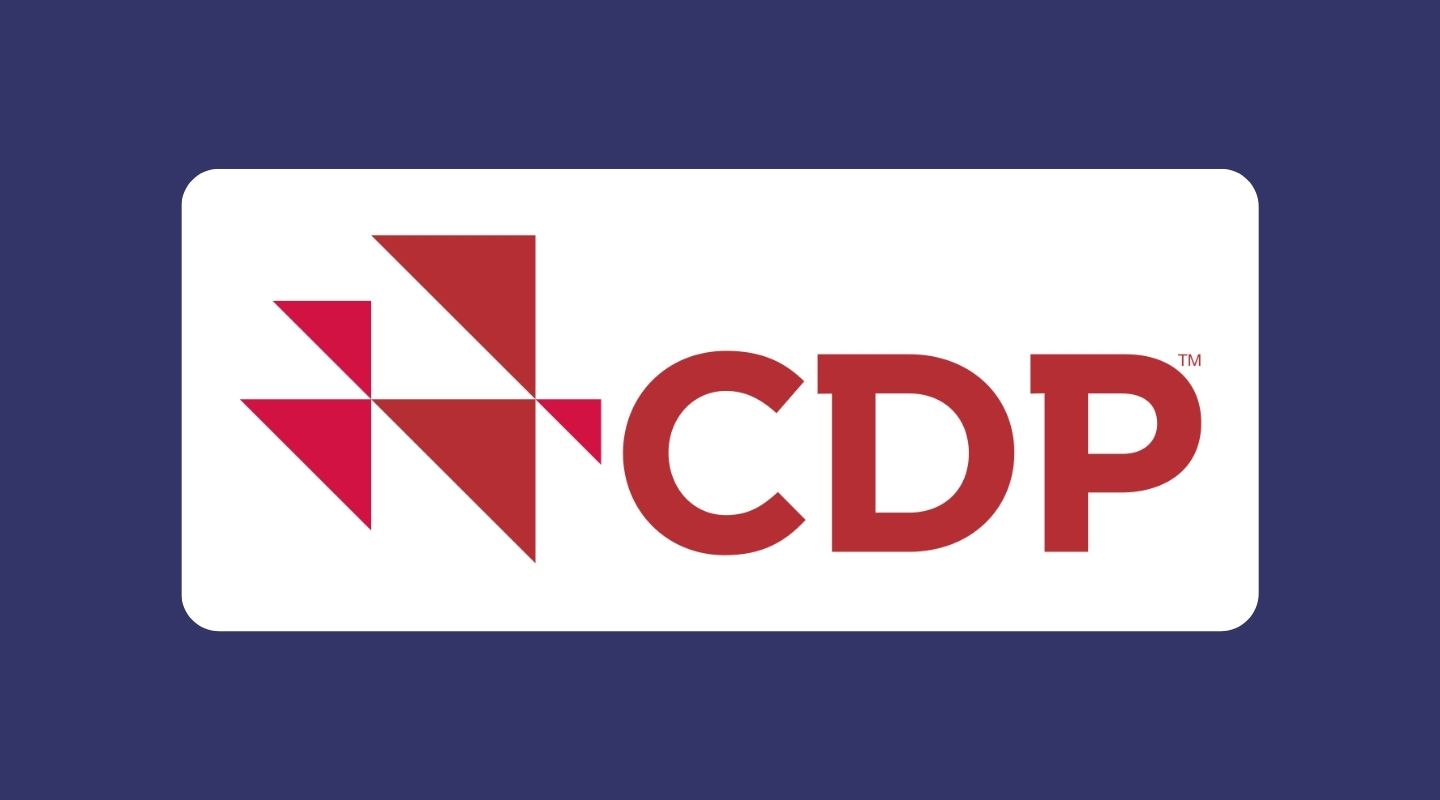
The Carbon Disclosure Project (CDP)
The Carbon Disclosure Project (CDP) is a climate change-specific standards organization that has frameworks designed for use by companies, as well as cities and states.
Because it’s sometimes seen as geared towards governments, the CDP isn’t quite as widely used as GRI or SASB. But it’s still an important tool for many companies. After all, some heavier-emitting corporations represent more GHGs than entire countries.
The CDP focuses on three key areas for reporters to communicate their environmental impact: climate change, water, and forests, with additional programs for cities and supply chain issues.
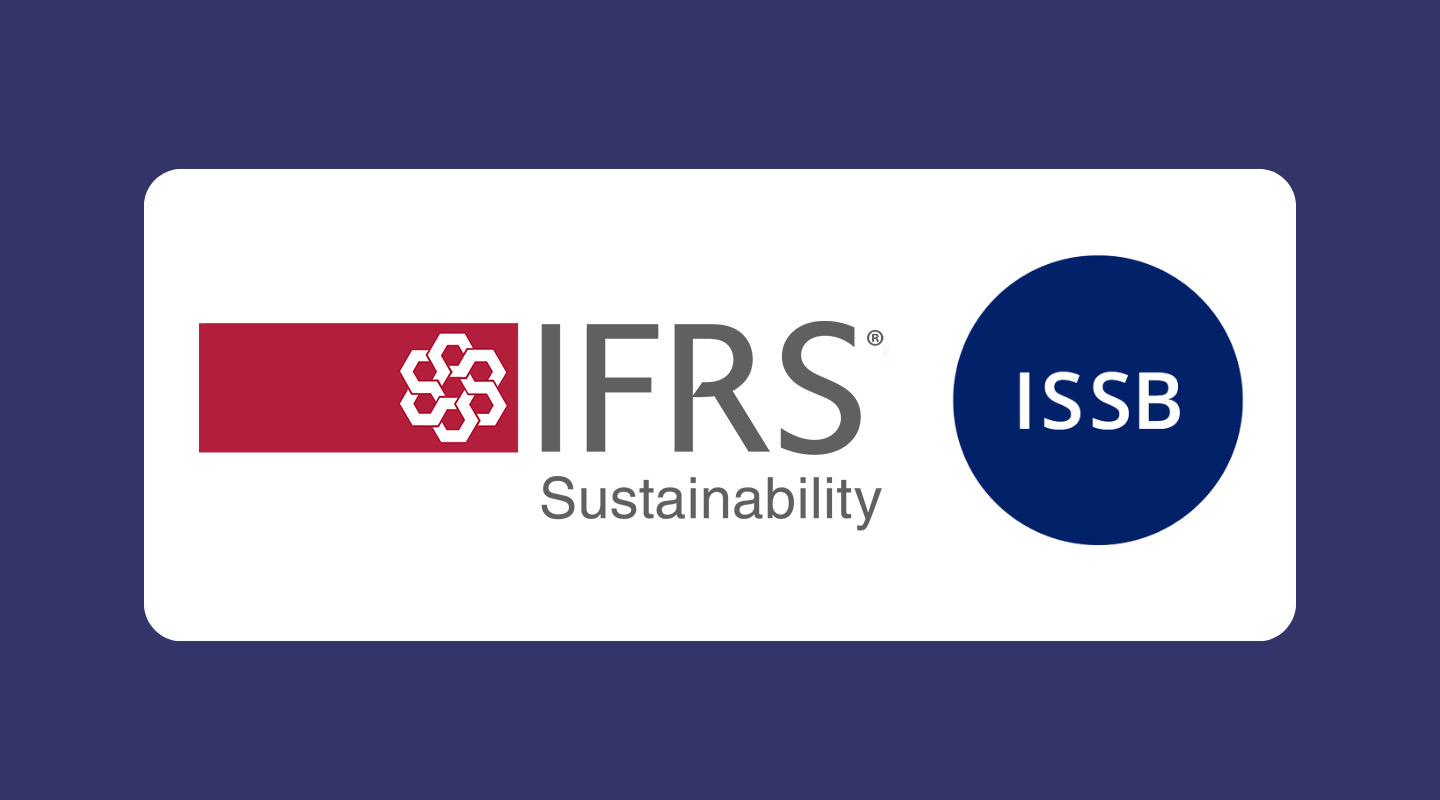
The International Financial Reporting Standards (IFRS) Foundation & International Sustainability Standards Board (ISSB)
The International Financial Reporting Standards (IFRS) Foundation is the world’s predominant international financial accounting standards organization.
They recently published a set of ESG disclosure standards under the International Sustainability Standards Board (ISSB) to address the need for “a high-quality, comprehensive global baseline of Sustainability disclosures focused on the needs of investors and the financial markets.”
IFRS’s goal is to streamline the Sustainability disclosure process and ensure standardization to make comparing companies based on Sustainability risks and opportunities easier for investors.
While these standards are very new, the IFRS has been making a splash on the Sustainability reporting scene, absorbing many of the other standards you see here under their umbrella.
We can’t say with certainty this early, but we do expect the IFRS standards to begin leading ESG reporting in North America in the coming years.
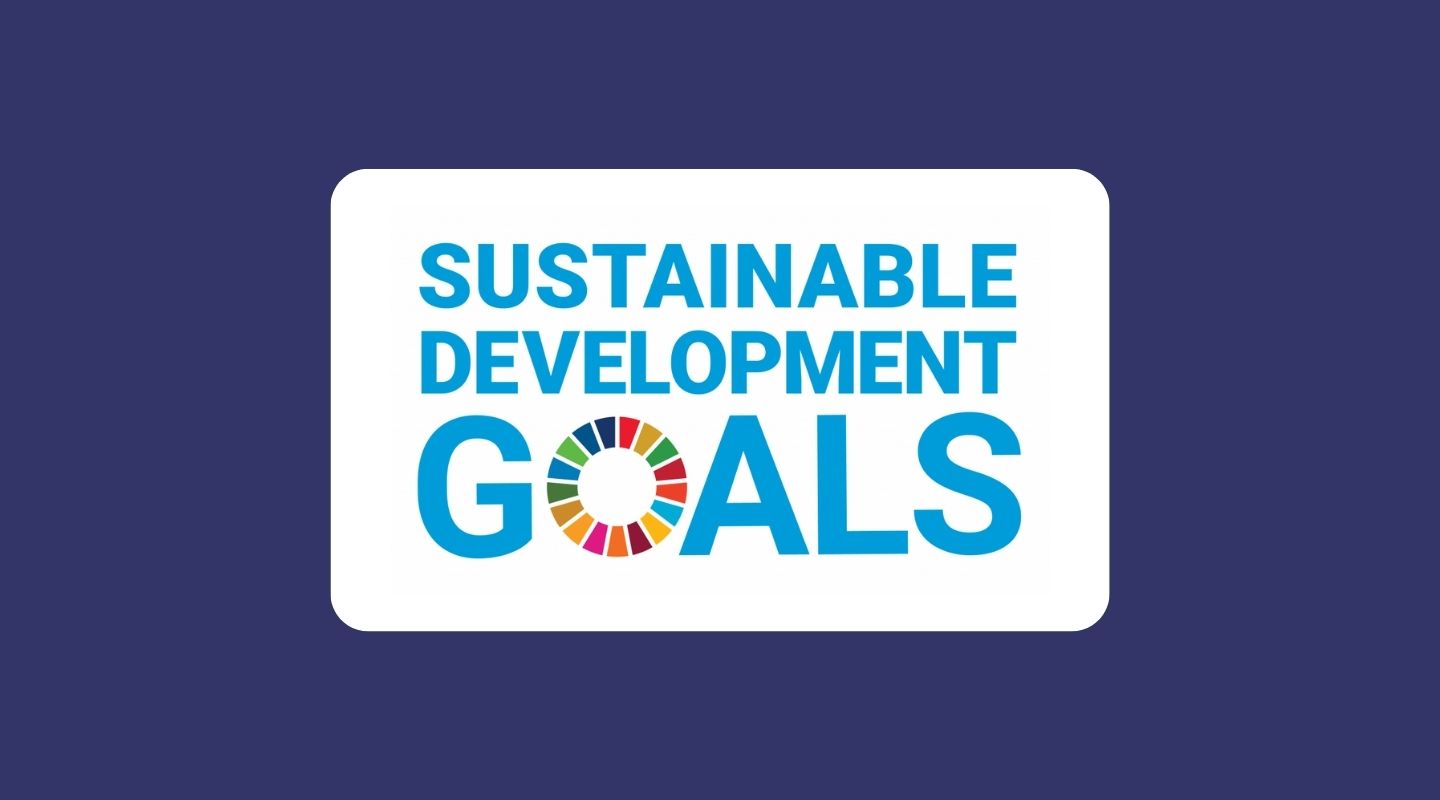
The United Nations Sustainable Development Goals (SDGs)
The United Nations Sustainable Development Goals (SDGs) are a bit different from the others because they’re not exactly a reporting standard or framework. Instead, they’re a set of 17 goals with specific indicators agreed to by UN member states to achieve sustainable development.
These goals range from eliminating poverty and hunger to combating climate change to gender equality to sustainable infrastructure and economic development.
While these goals are meant to be used at the country level, many businesses have found the SDGs to be a helpful tool. The SDGs can help companies communicate how their Sustainability efforts align with broader sustainable development goals. You’ll often see the SDG icons peppered into reports that use frameworks from other standards.
ESG reporting frameworks are constantly evolving
This makes the ESG reporting framework landscape even more complicated, with name changes, restructuring, mergers and partnerships announced practically daily and different frameworks going in and out of fashion as regulatory requirements change.
For example, SASB previously merged with the International Integrated Reporting Council (IIRC) to form the Value Reporting Foundation, only to then be absorbed by the IFRS. Since then, the IFRS has also brought the TCFD and CDP under its umbrella.
There are also differences across jurisdictions: while most international companies are still using many of these standards and frameworks, the EU also has their own set of mandatory Sustainability reporting standards, the European Sustainability Reporting Standards (ESRS), which in the coming years will be required of almost any business with operations in the EU.
The good news? These frameworks are becoming more streamlined
These organizations have recognized that there are too many diverging standards and frameworks and are working on streamlining to ease the reporting burden and make comparing ESG performance simpler.
With most standards now falling under the IFRS umbrella, we are expecting to see a simplified process for reporting.
IFRS, ESRS and GRI have also acknowledged the issue and are making efforts to align their standards to make reporting on all of them simpler.
After all, part of Sustainability means balancing your environmental and social goals with your financial performance
That means spending hours on end reporting on all of these standards, which may not all be relevant for you, may not be the most economically sustainable decision. Fortunately, they don’t have to all fit together for you to start making changes to how you communicate your ESG performance.
So, which ESG framework is the best fit for you?
The best ESG reporting framework for you to choose largely depends on two things–the stakeholder groups you’re trying to communicate with and your capacity to collect and report on ESG data.
With new regulations expected to be coming from the Government of Canada, getting ahead of requirements by beginning to report on TCFD now might be your best bet.
Alternatively, if you have investors who are demanding stronger transparency on your Sustainability performance, SASB or ISSB may be better options for you, especially if you’re a publicly traded company.
On the other hand, maybe you own a small local business and just want to share the cool things you’re doing with your customers. You may not be ready to align with international standards yet, but want to start moving in that direction. You could try just picking the top 5 SDGs that your Sustainability work closely aligns with and talk about that on your website. Or, you could engage your customers to find out what they think is most important and just focus on tracking your performance on those issues for now before moving on to tackling more formal reporting frameworks.
There are two key things to remember:
- Don’t let all these different frameworks scare you away from sharing your Sustainability successes (and failures!). Sustainability reporting doesn’t have to be a painstaking process if it’s done right, and standards are often scalable to the size and type of organization. If you’re unsure what the best path forward is, you can seek the advice of specialists like R&G, who can work with you to come up with a plan that will work for you while satisfying your stakeholders.
- Honesty and authenticity are crucial to effective Sustainability communication. Inflating your Sustainability performance or misleading stakeholders can spell disaster for your business, and consumers are quickly learning how to detect dishonesty in Sustainability claims. To learn more about greenwashing, check out our blog post here.
ESG reporting can work for you, but getting expert advice on where to start can make all the difference.
R&G’s Sustainability Team is here to support you. Reach out to us to chat about your ESG goals and the best route for communicating them with your customers and stakeholders, regardless of the scale of your company, initiative or organization.
